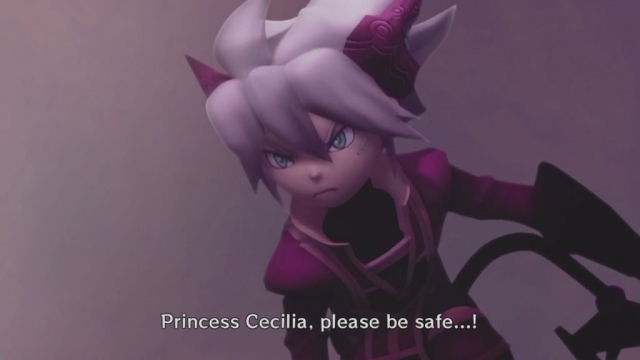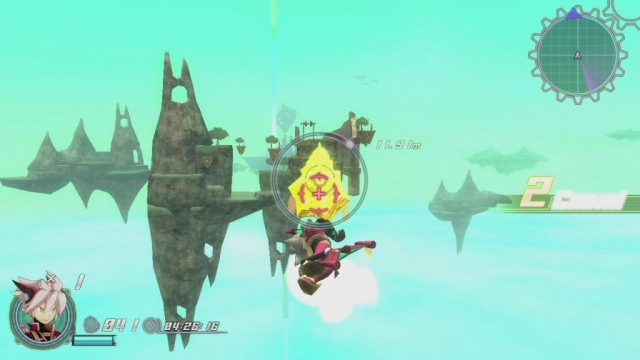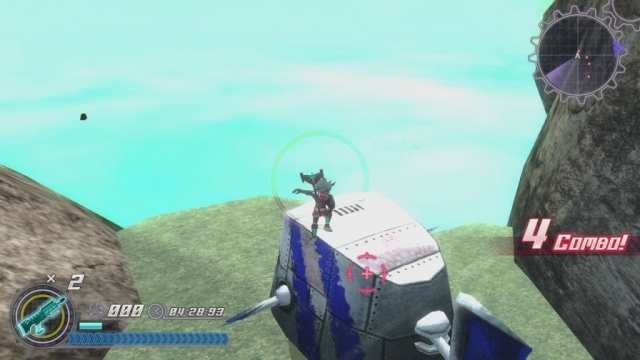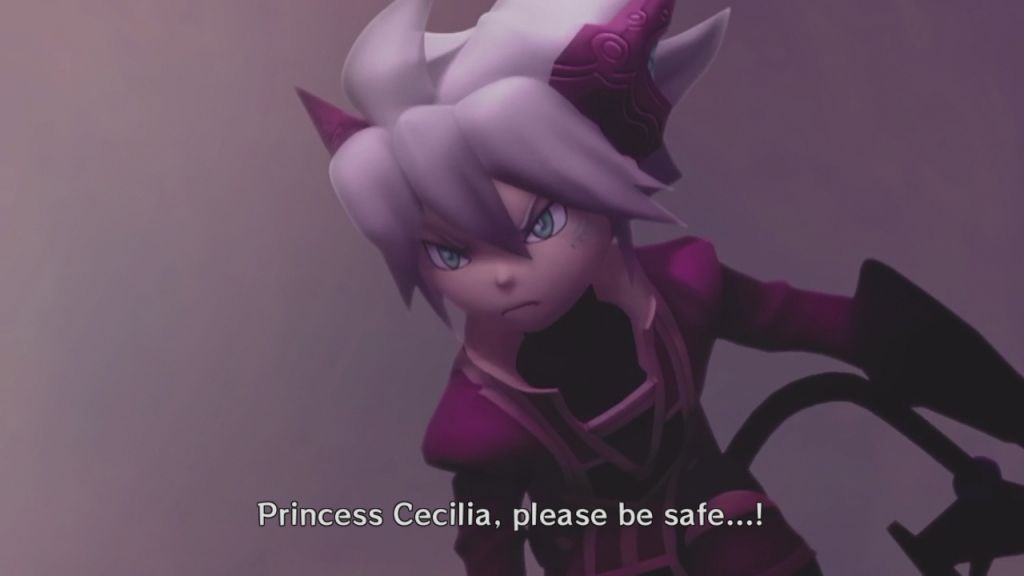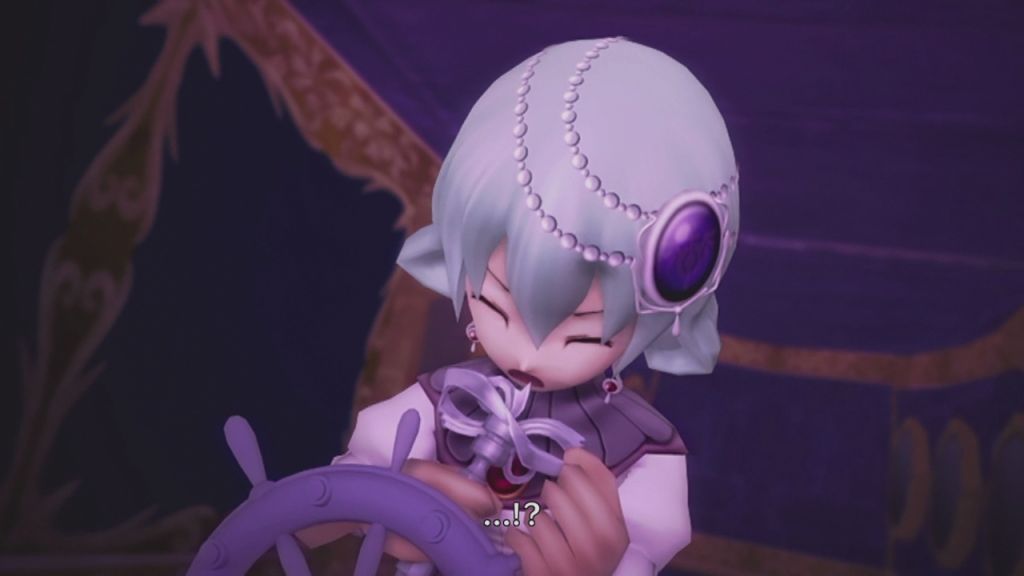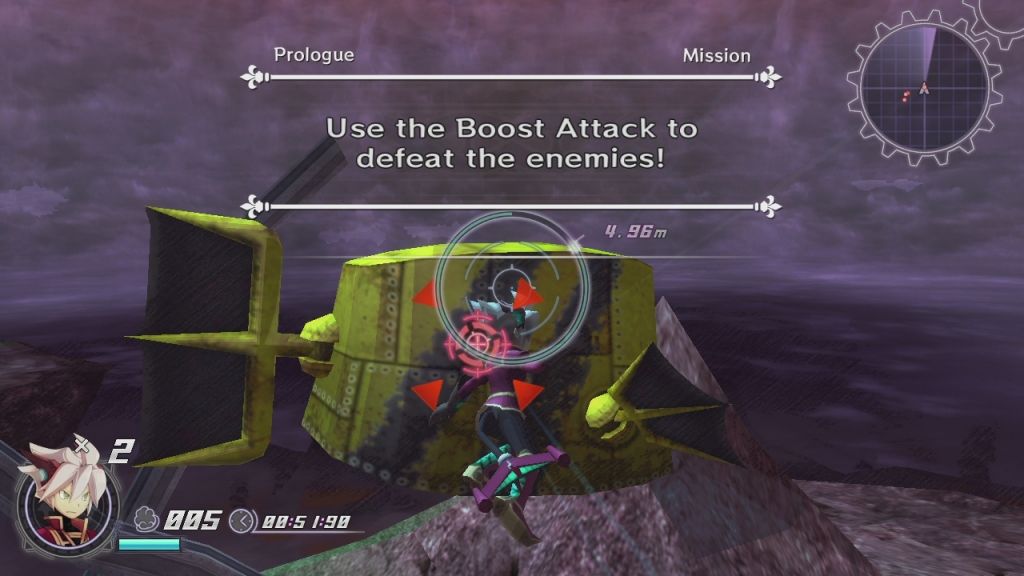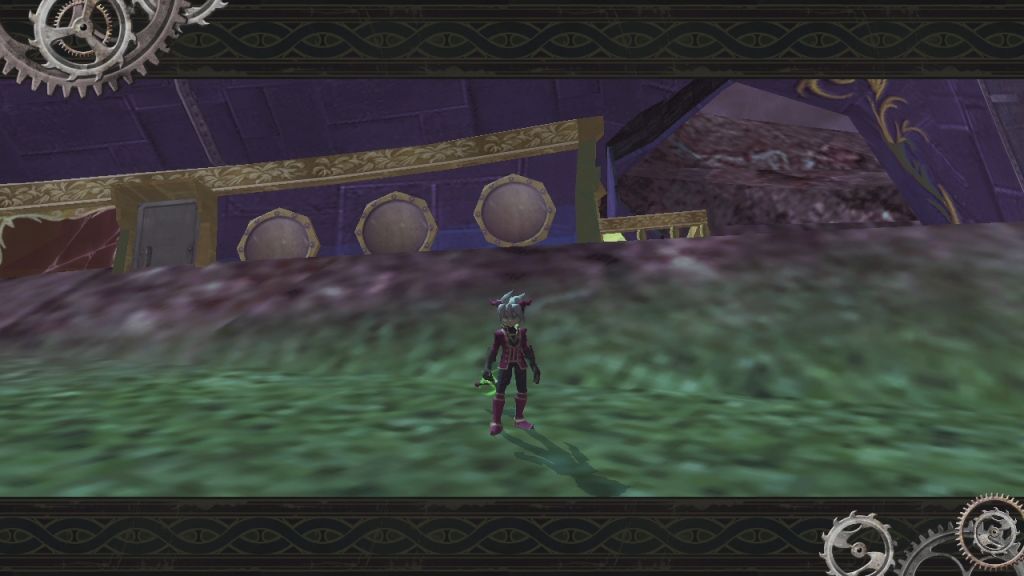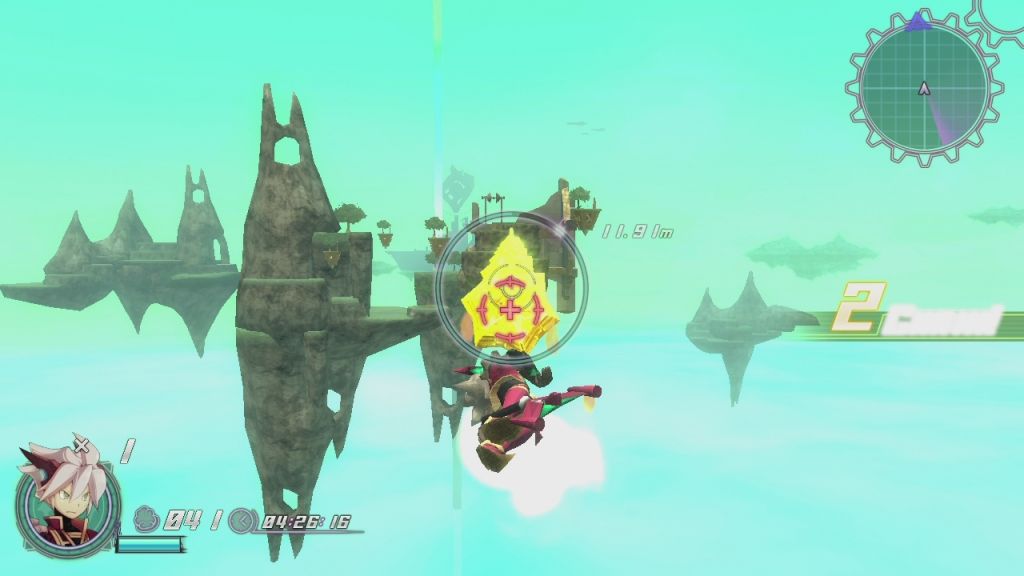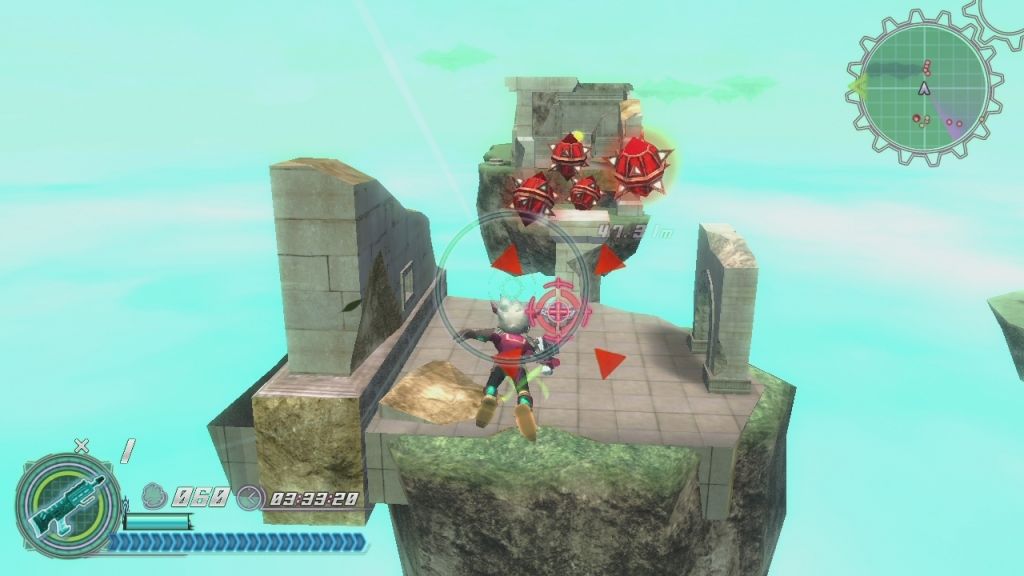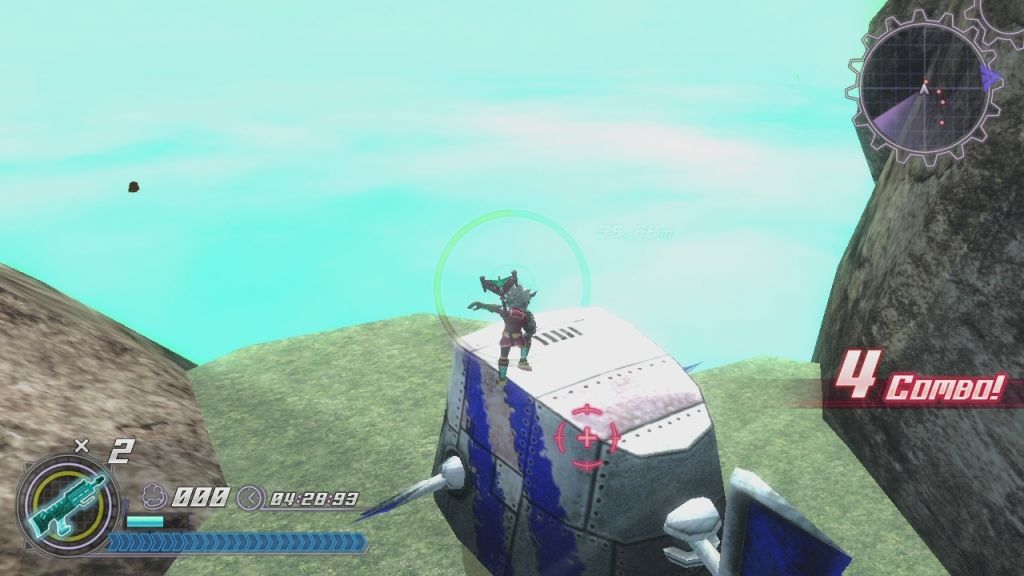Rodea the Sky Soldier
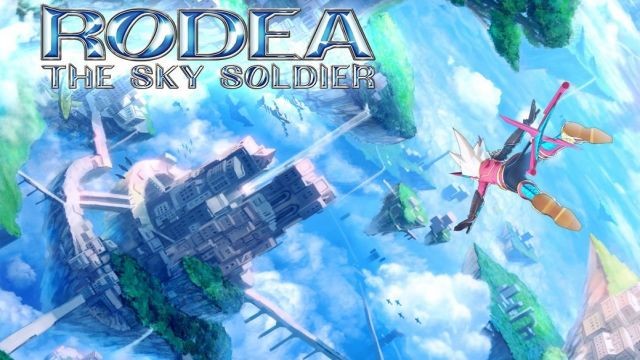
Rodea the Sky Soldier has had a long and winding journey to release. Originally conceived for the Wii, the demise of that console seemingly put an end to the game’s initial vision. However, a Wii U version was announced alongside a 3DS version that would change the creators’ vision, but at least result in the game being playable by the general public. After a long period of uncertainty, it was announced that the game would be coming to the Wii U and the first print run would include the Wii version as well.
Princess Cecelia is in danger and Rodea must do his best to save her. While the story isn’t the most compelling thing in the world, it is enjoyable enough and it’s reasonably well acted too. It’s played as almost a cartoon, with overacting – but not to a grating degree. Rodea gives a subdued, confused robot delivery while coming off as genuine. Otherwise, the voice acting is good enough to get the job done, but won’t compel anyone on its own merits.
The game’s real core is its blend of flying and ground-based mechanics. The Sky Soldier is aptly named because he soars through the air and is also capable of shooting enemies down if need be. Most of the time, you can get by just spinning through them either on the ground or in the air – and that is a bit like Sonic, which is pretty fitting. Yuji Naka’s games excel with either a fast pace to them or a loose, arcade-style vibe, and that is evident in Rodea the Sky Soldier.
Sonic was a mix of speed and platforming in a world with very tight level design. Nights was basically a speedrunner’s dream game with a score attack mode blended in with some almost puzzle-esque boss battles. Rodea is very much a hybrid of those games in its time- and score-based approach to level progression. The third-person mechanics are also very much like Burning Rangers in that there’s a very good concept at the game’s core, but the mechanics don’t gel together in the most cohesive way. Despite that, the game is still a wonderful experience and greater than the sum of its parts.
Rodea’s concept is a bit left of center, and so are its controls to some degree. The left stick moves you around, the right moves the camera, and Y sends you in the air. This is where things get a bit shaky, because while you can aim with the left stick, your aiming is a bit imprecise for everything. Targeting and then dashing forward can work reasonably well, but the camera can get out of control and lead to needless deaths. Pressing down on the d-pad allows you to get out your blaster while X blasts away at enemies.
Most of the time, an air or ground dash will take out foes – but when that doesn’t work, the blaster comes in handy. It does less damage compared to the dash, but has minimal risk compared to the dash since that can send you bouncing all over the place. It’s a frustrating issue and one that never quite goes away as you’re usually in either tight-quarters on the ground or on small islands. It doesn’t affect air spin attacks all that much though, which is good.
You’ll definitely want to mix things up with your attacks, because each has a limit. You can’t be in the air too long or you’ll lose all power and fall into the ether. Likewise, you have to wait to recharge your blaster, so one effective strategy can be landing a few air attacks and then landing. After you land, survey the scene and prepare a plan of attack. Do you want to run through some blaster shots and take out enemies in a risk-free fashion? Doing so is safer, but adds time – so if you want to speedrun things, that isn’t a great option. Sometimes though, you’ll find that the fastest option is the safest – like when a coin path also sends you into enemies over the ground. You can grab the coins in an instant-grabbing sequence kind of like a Sonic loop-de-loop and then dash into enemies without having to worry about dying due to your flight meter running out of juice.
The most-impressive looking parts of the game are probably the air-based sections since they have the most-lush visuals. You’ll see enemies and a sky as far as the eye can see. Most importantly, you won’t see many muddy textures on enemies unless you’re super-close and you can’t see the nasty-looking textures on the ground and walls. While some games on both the Wii and Wii U use unique graphical styles to make the most of their hardware, Rodea is a muddy-looking mess that appears to have been ripped from 2005 – and wouldn’t have been a huge looker then. Still, you can tell that they wanted to craft something epic, but like the original Xenoblade Chronicles on the Wii, the hardware just wasn’t up to the task. The animation is perfect for what it needs to be though, and the cutscene graphics measure up to modern standards quite nicely – with a fantasy RPG art style to them that fits nicely.
As mentioned before, the voice work isn’t all that good – but luckily, the music makes up for it. It’s a great blend of fantasy tunes and fast-paced fun-loving fare that would fit right in with a Sonic or Nights game. It’s classic Sonic Team stuff and with Yuji Naka at the helm, that seems fitting. It may not be as catchy as either of those, but remains a fun listen throughout the adventure.
While its controls have a high learning curve, and the graphics don’t dazzle like one might expect from a latter-day Wii U release, Rodea the Sky Soldier is still an outstanding experience. After you spend an hour learning its nuances, the controls become second nature. That’s when the game’s full potential can be reached…and it’s still held back by the camera and tendency to bounce you all over the place. Luckily, those issues are fairly minimal in the overall game and don’t affect a high percentage of the adventure. If you want something truly new to experience, then give Rodea a shot.
Reviewed By: Jeremy Peeples
Publisher: NIS America
Rating: 85%
——————————————————————————–
This review is based on a digital copy of Rodea the Sky Soldier for the Wii U provided by NIS America.
 Game Over Online
Game Over Online